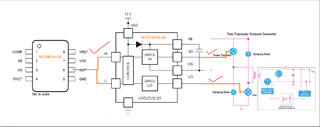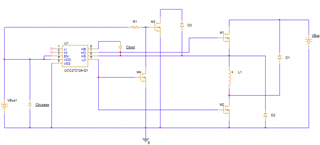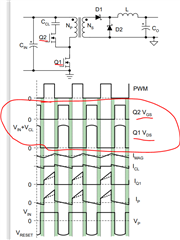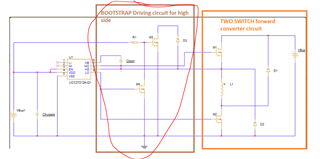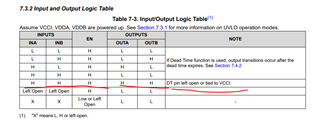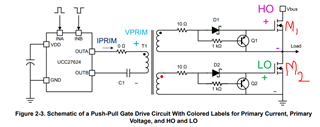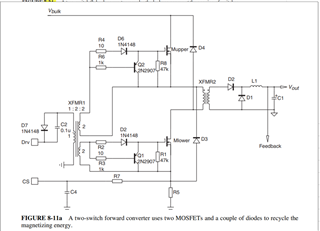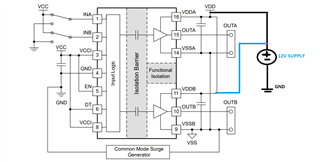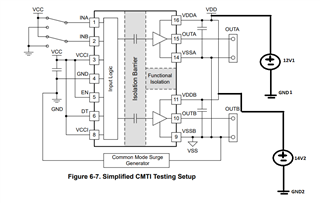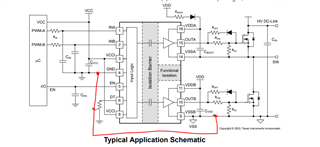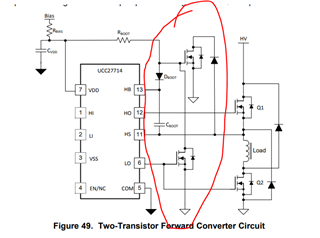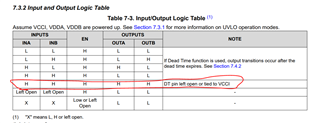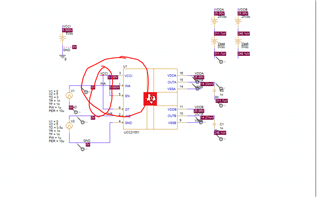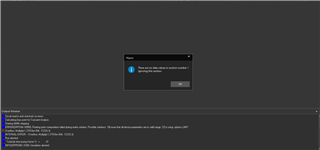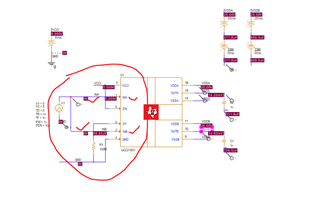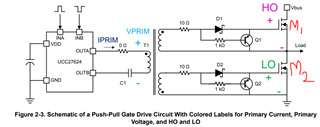Other Parts Discussed in Thread: TPS28225-Q1, , UCC27712-Q1, UCC27714, UCC2897A, UCC57108-Q1, UCC27444-Q1, UCC21551-Q1, UCC21551, UCC23525, UCC21530-Q1, UCC21530, UCC21330, UCC28C53-Q1, UCC27624, SN6501
Tool/software:
Hello Ti Team,
I am looking for half bridge gate driver with single input(IN) and two outputs (OUTA,OUTB)..I will be using for two switch forward converter which drives the two MOSFETS at the same time .
So single input and two outputs (OUTA,OUTB) which drives the high and low side MOSFETS.
and the driver should be AEC-Q automotive qualified....
Please check and let me know suitable gate driver
Thanks,
karthik


